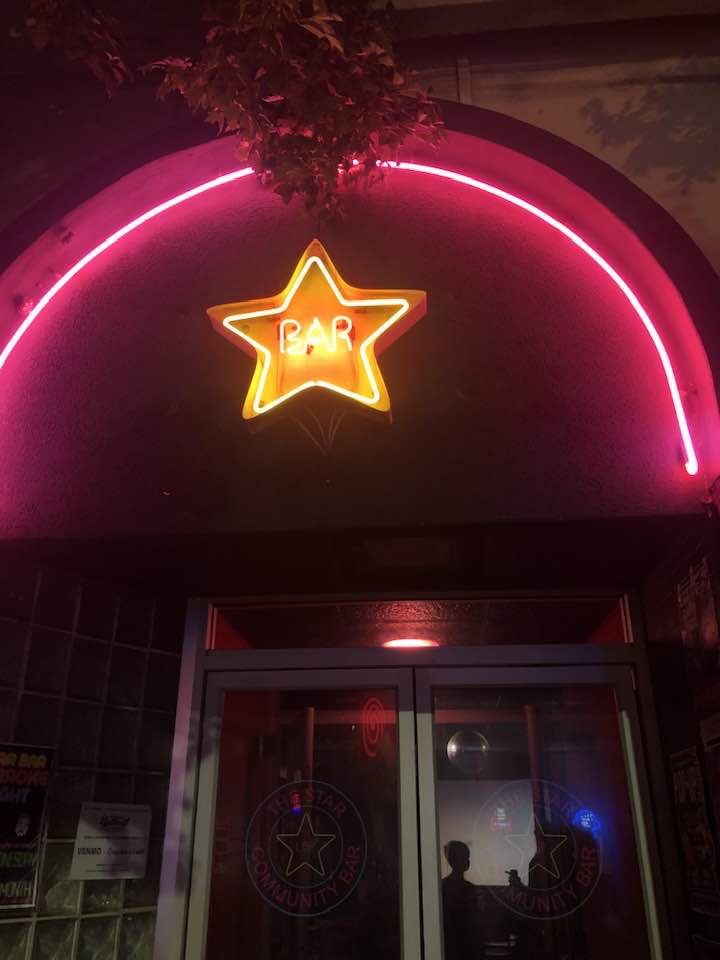
My first visit to The Star Community Bar was somewhat against my will. A friend dragged me there for DJ Romeo Cologne. I grumbled about not liking disco and not being much for dancing. I didn’t know anything about the bar, hidden behind the non-descript, gray stucco façade of a former bank. Inside, I found a packed house of diverse people writhing to 1970s funk on a floor slick with sweat. The DJ, dressed in fur, polyester, and platform shoes, grinned from behind the turntables. PBR was cheap and cold. I learned to get in the groove pretty quickly. Romeo can name drop a lot of celebrities and hip hop stars that made appearances over his many years ruling over Tuesday nights there, but for me it was the incredible music, smartass bartenders, and friendly crowd that got me back for some live music.
The Star Bar opened in 1991, only a few years before my first visit, when Atlanta’s talent pool was so deep that you’d have a hard time choosing between shows even on a weeknight. Yet the bar has out-lived more competitors than I can remember. The Little 5 Points Community Pub, 9 Lives, The Point, Dottie’s/Lenny’s, Echo Lounge and The Highlander have all closed doors since. Soon we’ll lose Drunken Unicorn/MJQ to the same kind of development that now threatens the Star Bar. More on that plan below, but pardon me while I wax a shine on the old joint.
There aren’t many places in town you can catch comedy one night, a DJ the next, a garage band the next, a burlesque act, a country band, hip-hop, blues… Even when we had more clubs, you could stick to just the Star Bar and see a huge breadth of talent.
A good venue is more than just a room with a stage, and a good bar is more than just a place that serves drinks. Star Bar patrons can meet their neighbors, find their next favorite band, and contribute to a charitable cause, sometimes all in the same night – a community center in every way. There are precious few such places in a town as fickle as Atlanta.
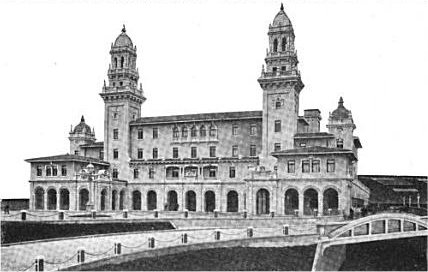
“The city too busy to hate” is also “The city too busy to care.” We have a lot of transplants who have not yet built an emotional attachment to anything local. We’ve been divided by race, historically, and class, ever more so. Also, a lot of us don’t trust the South’s past for valid reasons. In the 60s and 70s, the drive for a new image resulted in knocking down entire neighborhoods for stadiums, airports, and highways. The wrecking ball came for historic buildings as well, only pausing when citizens stopped efforts to raze the Fox Theatre to put up what looks like one massive cinderblock, the ghastly Bell South building that now stands behind the theatre. Atlanta rarely turns down a dollar, even if it means selling an important part of its soul.
When I travel outside the greater metropolitan Atlanta area, I seek out the older establishments. I enjoy the sensation of walking into a place that has a past. It’s like a ghost tour, combined with the memories of those who still live in the space, and the knowledge that you, too, could contribute to that history if you hang around long enough. Such a place becomes more than a physical space. Its continuous existence holds shared lives, dreams, and culture – what puts the community in Star Community Bar. There are people who have been visiting the bar since it opened more than three decades ago, regulars so regular they rarely miss at least a weekly visit, faces that I’ve come to know and love.
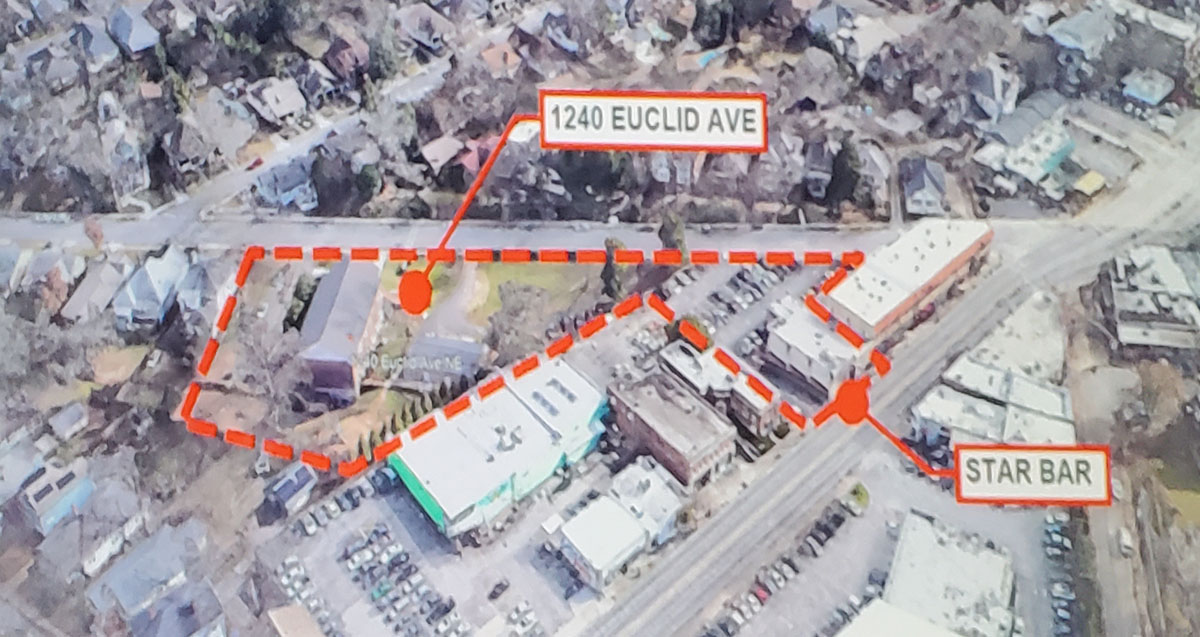
The latest plan the developer shared is centered mostly on Euclid Avenue, tearing down a 1950s church, now a Montessori school, to build hundreds of residences. They can’t touch the brick building along Moreland at the corner of Euclid because it has been designated as historic, but the Star Bar lacks that protection. The developer intends to tear down that tiny slice of the block to put up a multi-story, mixed-use building. When the plan was made public, there was an immediate outcry. The developer has since issued a press release about how they’d like to make a space for the bar in the basement of the mixed-use building.
You can build a “dive” bar from scratch with some black paint and some old signs, but you can’t make a new, old bar any more than you can make a new, old friend. And that’s what a community gathering place is, be it a bar or a church or a bingo parlor – a reliable friend. When old friends move or make radical life changes it is hard to forgive, hard to stay close, hard not to compare how good it was during all those shared years before. The bar has already survived Covid. To close for an unknown period while a new space is built will put the staff out of work and take away one of Atlanta’s few small live performance venues. No doubt the new venue would come with higher rent, and the basement location would hide it from passersby.
The landowner has supposedly “tapped the brakes” on the project, delaying an effort to get the zoning altered to allow this radical change to the character of the neighborhood. The Star Bar staff and supporters are rallying to get the neighborhood association/neighborhood planning unit/city council to shoot down the latest plan, and I’ll post more about that as details become available. In the interim, sign the petition so that the city council knows how much support the bar has. You could go ahead and contact your city council rep and, in a rational and calm manner, inform them of your desire to keep the Star Bar as it stands now. Go patronize the bar now because it doesn’t matter what happens next year if they can’t make rent next month.
But step off the Atlanta streetcar to progress for a personal ghost tour of Star Bar shows, won’t you?
The first band I saw at the Star Bar was Slim Chance and the Convicts in their traditional opening slot for the Bubbapalooza festival. I can only remember this because I wrote it down for Degenerate Press’ old text-only email zine in May of 1996. (If you think I’m a lousy writer now, go back 25 years.) I was amazed that I could enjoy country music. I’d been an outsider in the small mountain town of my high school years and associated the sound with the rednecks that had bullied me, but Slim and other acts that night opened my horizons, playing with skill and, more importantly, heart to a crowd that loved every minute.
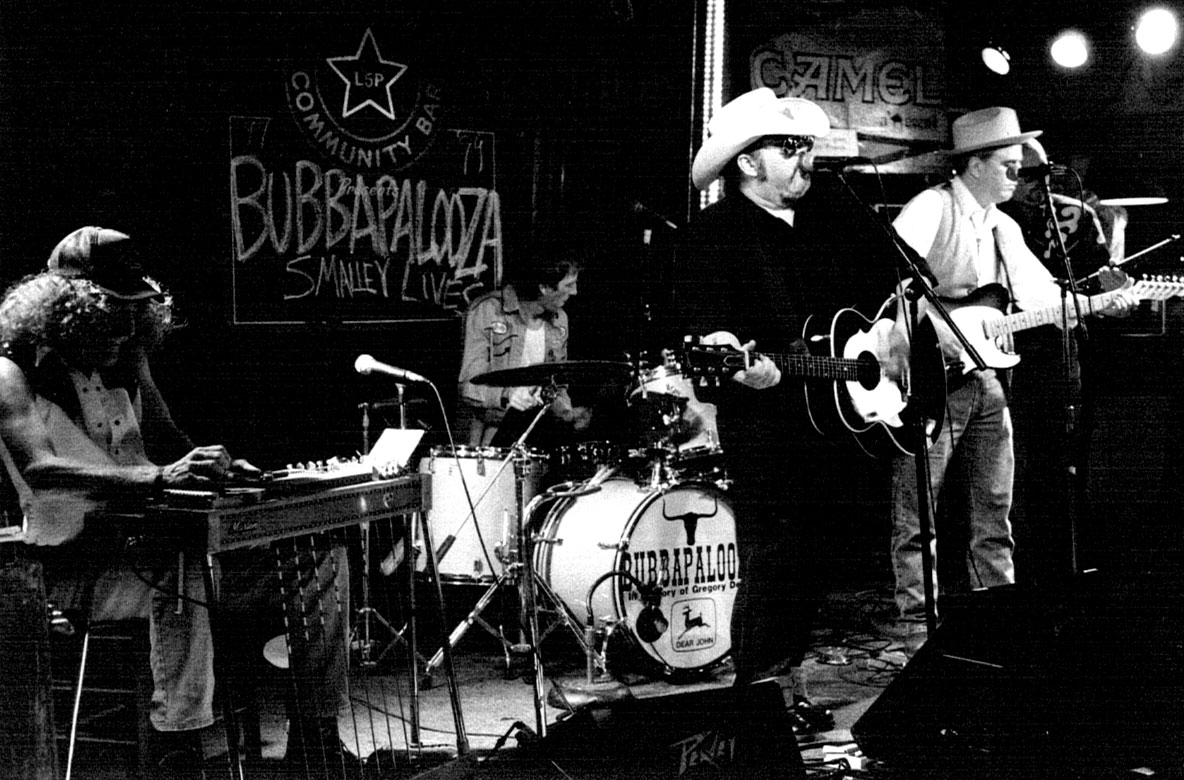
It is likely Bubbapalooza is where I first saw Drive By Truckers. “There would absolutely not be Drive-By Truckers if it weren’t for the Star Community Bar. Flat out. Our very existence in the beginning was tied to that bar. It’s where we had our first following and sold out shows. It inspired and nurtured us,” they tweeted September 16. The band’s songs about the South illustrated life from a certain perspective many of us shared. I’d catch the band many, many times, a favorite being the Halloween where they dressed as the headliners, Truckadelic, followed by Truckadelic themselves, done up in drag as local all-lady rockabilly band, Jane West. I would rarely miss a Truckadelic show, particularly at their HQ, the Star Bar.
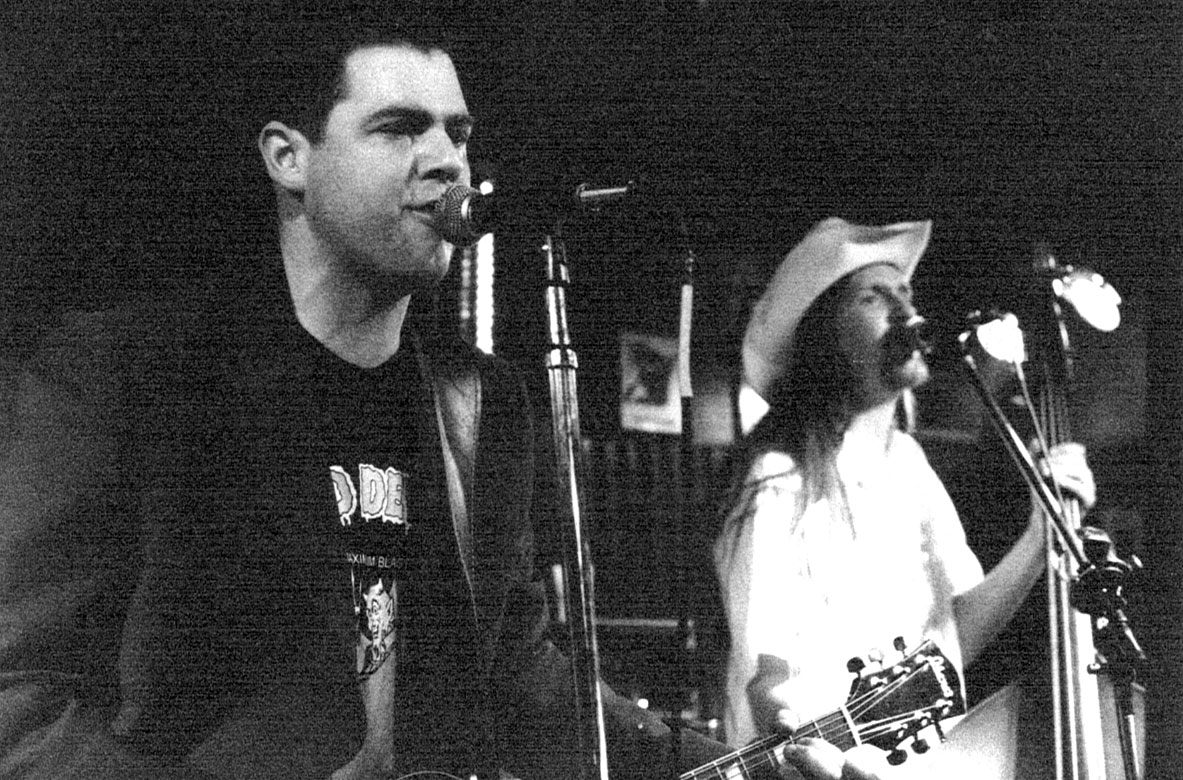
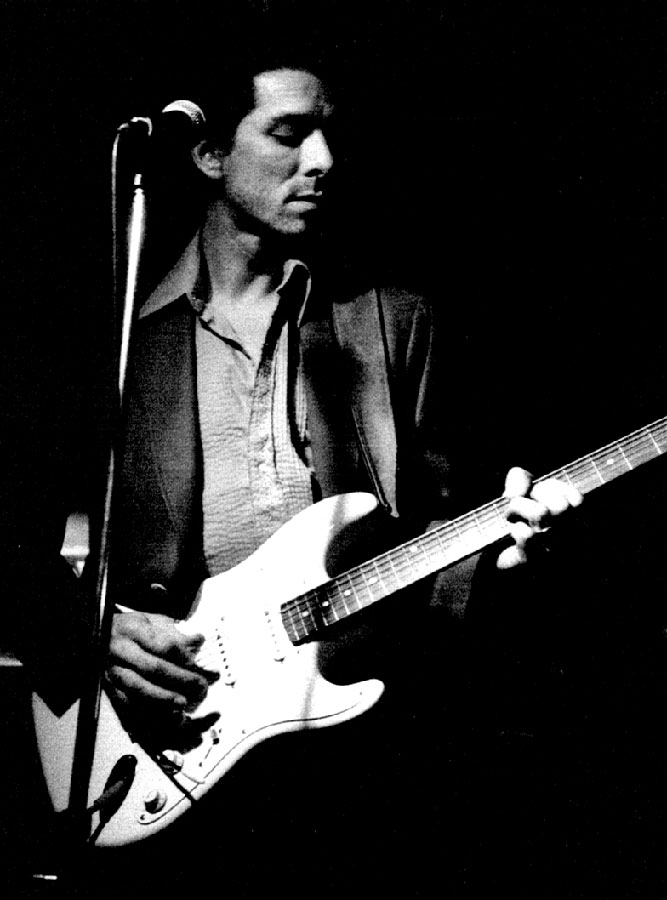
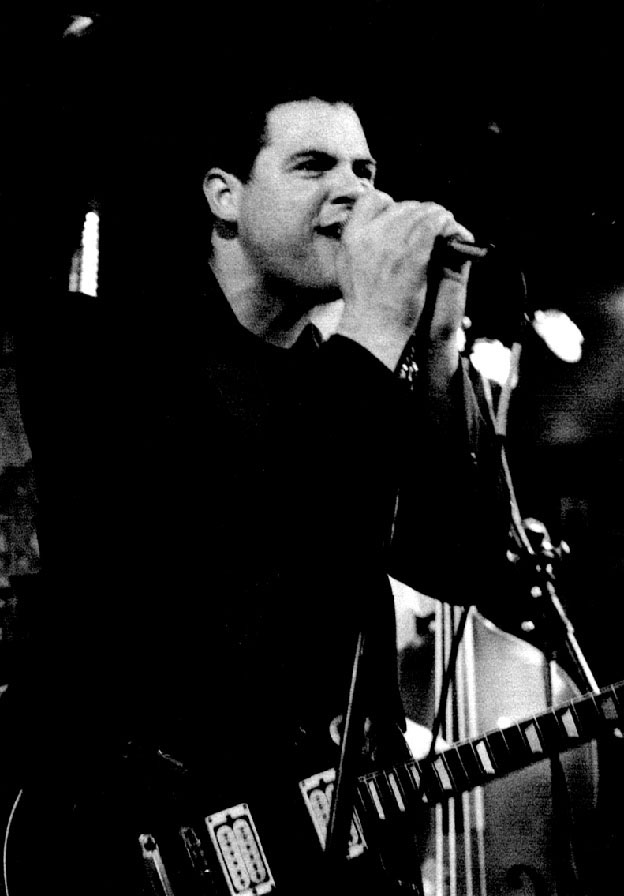
Blacktop Rockets and other rockabilly acts used to pack the floor with swirling people in the height of retro fashion. It didn’t feel like time travel so much as visiting an alternate universe where 1950s fashion and music just slowly advanced – even bigger hair on both the ladies and lads, the parking lot full of crazily modified hotrods, a guy on stage in creepers climbing up onto a pin-striped doghouse bass for a solo… Those nights were like scenes from a much darker, more intense movie than Swingers could hope to be. As the fad peaked, and even Gap ads featured swing dancers, the regulars would grumble about people from Buckhead invading the floor but, let’s face it, those people brought money and helped keep the joint open.
Before Puddles the Clown got big on TV and YouTube, Big Mike would play in Kingsized, a swing/lounge act that would get everyone’s feet moving. Their Elvis tributes began at the Star Bar, complete with candlelit vigils and a killer horn section, before moving down the street to sell out the larger Variety Playhouse. Mike would return to the Star Bar in his clown persona in Jim Stacy’s circus-themed band Greasepaint. Those surreal, post-modern shows were sometimes exhilarating, sometimes frightening, and I’d pay top dollar to see one again.
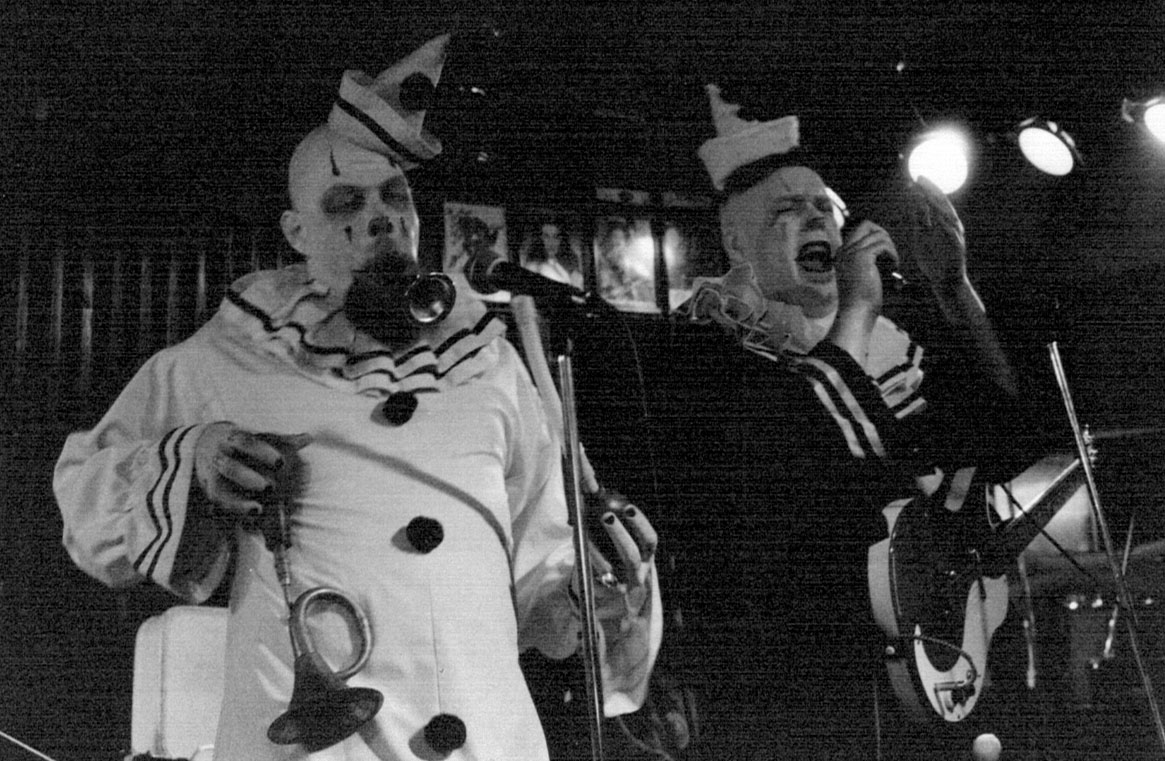
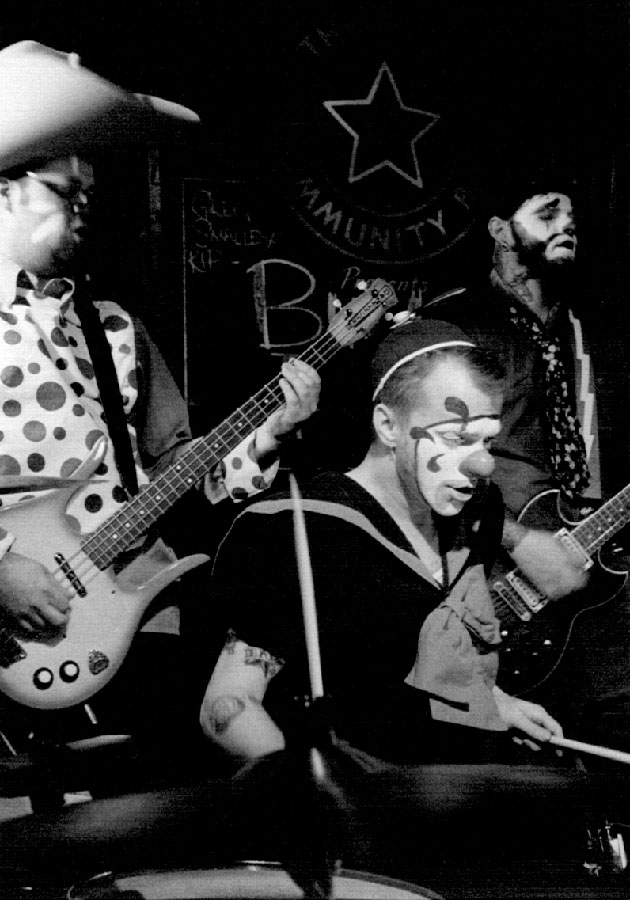
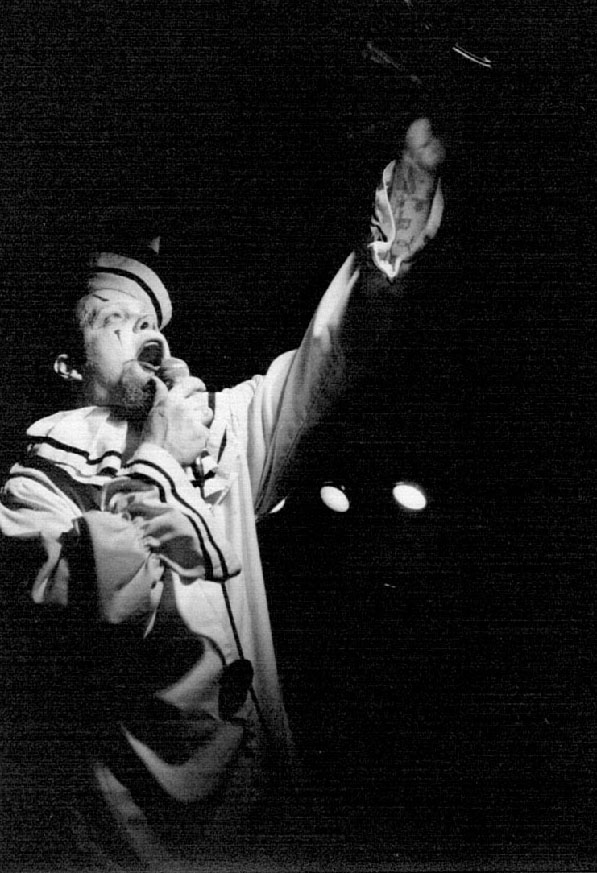
Another surreal, costumed band led by Stacy was the garage rock, Star Wars-themed Grand Moff Tarkin. I met some English lads travelling the South in search of old soul/R&B music and convinced them to skip their trip to Macon and the Georgia Music Hall of Fame to hit the Star Bar for GMT. One of them got on the phone back home to his girlfriend to enthusiastically describe the scene, “There’s a band here led by Darth Vader with stormtroopers and everything! They’ve got green ladies dancing and a blue, singing gorilla as the opener!” He paused and then said “Yes, I’m drunk, but I’m not that drunk!”
Super X-13, and the related acts Gargantua, Bigfoot, and Bitch, finally convinced me to give the hard/heavy/metal side of rock a chance. I had leaned toward lighter fare, resisting what I thought of as plodding dinosaur rock, but these acts brought enough melody and rhythm to get me into the genre. I’ve probably learned as much about music in my visits to the Star Bar as I have cumulatively in all my other time.
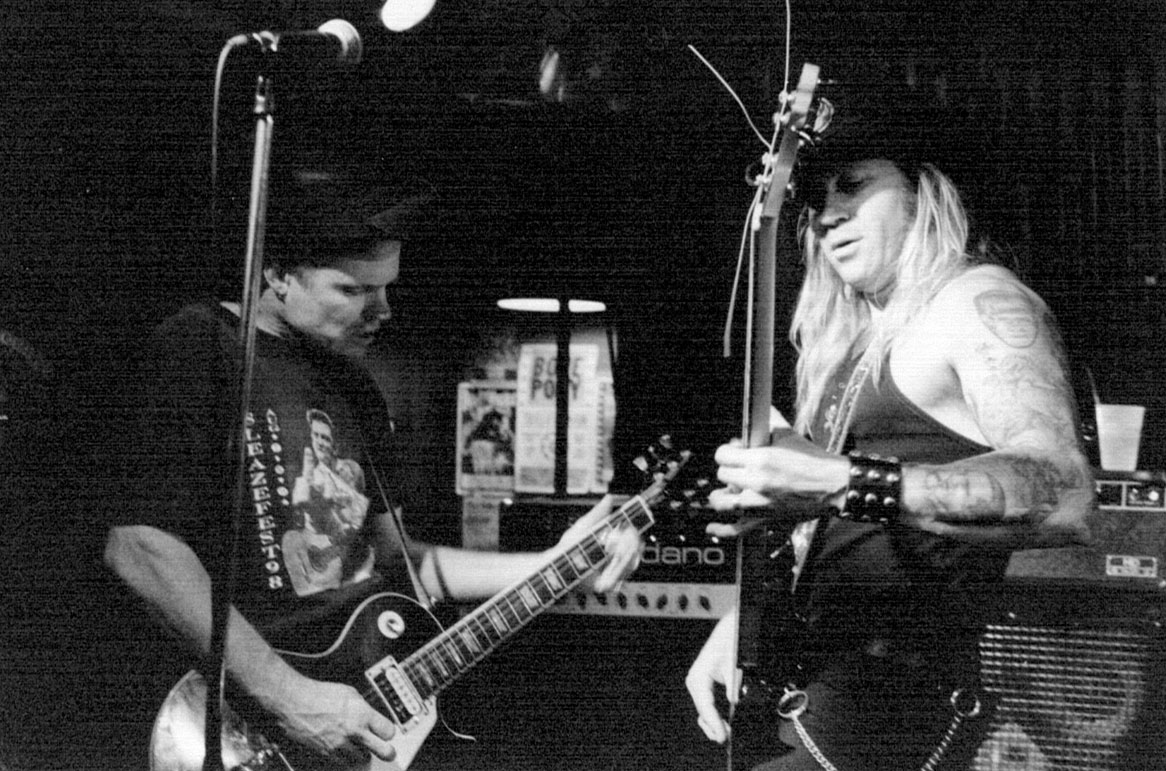
Immortal Lee County Killers’ first record was perfectly titled The Essential Fucked Up Blues. With only drums and guitar, they produced a sound so fat and deep, simultaneously boiled-down and amped-up, that it grabbed my brain and shook it, with my body responding in kind.
The Forty Fives came along as bands like The Strokes and The Hives were making the charts with similar sounds. I suspected the Forty Fives were a bit too old and not quite pretty enough to reach such popularity, but that didn’t bother me. I’d seen Drive By Truckers become considerably more successful, which put them out of my regular concert visits. I’m not a fan of bigger venues. Which is one of the reasons the Star Bar is so important. We need these small clubs where bands can get their start, or just coast along, happy to have a regular crowd of friendly faces. If I, as only a fan, have learned a lot at the Star Bar, imagine what a classroom it is for the musicians that play there.
The Woggles brought 1960s garage rock and swung from the Star Bar rafters. To follow the energy level, the guitarist from the headliners, The Hate Bombs, leapt onto the bar and duckwalked the length of it, kicking drinks off as he went.
The Back Pockets put on a stage show so artistic, complete with costumes and props, that it felt like theater. I saw young musicians stand in awe at The Subsonics’ minimal-to-the-max rock in that same room, and then those same faces go on to form bands of their own and play their first gigs on the same stage. I’ve seen burlesque acts that were sexy because of how smart and creative they were. I’ve bounced around to the punk of 17 Years. I’ve seen acts so beautiful they made me cry. I’ve laughed so hard I struggled to breathe. I’ve made dozens of long-time friends. I’ve donated to causes from local musicians in need of medical care to Toys for Tots. One of the owners estimated they’d raised $25,000 for charitable causes this year alone, despite the lower attendance during Covid.
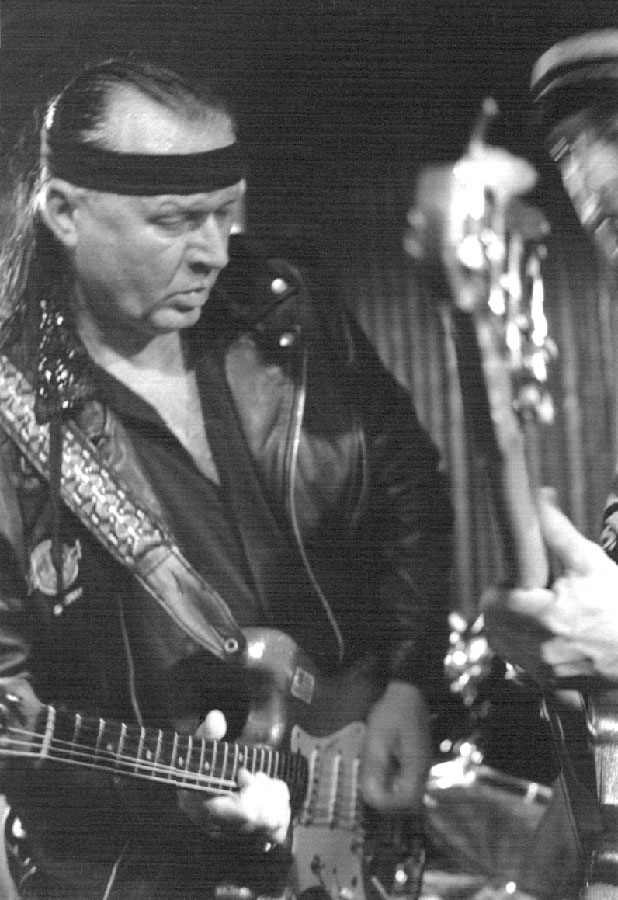
Sometimes the Star Bar draws bigger names. I saw surf guitar god Dick Dale walk out the door, still playing via a wireless set up, to stand in the pouring rain in the middle of Moreland Avenue and wail while cars passed on both sides. Rockabilly legend Ronnie Dawson had the best smile I’ve seen on stage. Garage rock originator Link Wray brought the rumble.
But it’s the local acts I still go for. Disco-punky Judi Chicago was the first band that would get me back to the bar after more than two years of the pandemic.
Sure, we could make new memories and new friends and catch bands in a new place. But why can’t we also keep the old place? Atlanta can hold onto its culture and turn a buck. The proposed site could retain the bar, build the lower density housing they first proposed to the neighborhood association, and still profit. There are other places to build, even empty or derelict places close to MARTA stations, that could benefit from dense housing and fresh retail. We don’t have to destroy the very character of the neighborhood that makes it attractive to live in – an idea that applies to the city as a whole.
And if we let this build progress, you can bet there will be another, and another, until Little 5 Points is just another intersection with none of the culture that made it a desirable neighborhood to begin with.
Great article- you captured the allure and magic of my favorite bar. I have been going here since it opened in 1991 and I plan on going there until I am 91- which is feasible!!!